I’m super excited to report that we finally have spicebush swallowtail caterpillars in our garden! In early spring, we planted four spicebush shrubs specifically for the butterflies. Then, almost every day since planting them, I’ve been inspecting our spicebushes, hoping to find caterpillars.
Up until last week, nothing. Each time I see a torn leaf, I look more closely hoping to find a hungry, hungry caterpillar. A folded leaf? I look again, hoping to find a hiding caterpillar.
Nope. Nothing.
I worried that our plants were too new. Maybe it takes a few seasons to be discovered?
Host Plants
There are many intriguing things to know about each butterfly variety, including its relationship to a specific host plant which serves as its sole food source and where it lays eggs. Butterflies aren’t like humans who eat a wide variety of food (including lots of things we probably shouldn’t). Without host plants, butterflies would cease to exist.
Over the past few years, great awareness has been raised about the importance of planting milkweed for our dwindling monarch butterfly population. The thing to remember is that each butterfly has a host plant (sometimes two or three). As gardeners, we need to plant those plants.
That’s what John and I have been doing in our not-so-large yard.
This is our row of spicebush planted beside the garage. (John practicing his photography skills.) FYI, we bought our spicebushes at White River Nursery, our favorite place for Ozark native plants.
Spicebush for the Spicebush Swallowtail
As the name suggests, the spicebush (Lindera benzoin) is a host plant for the spicebush swallowtail butterfly as well as the promethean moth. (The sassafras tree is another host plant for the spicebush swallowtail.)
Plant them and they will come. That’s what I’ve been told. So I continue to study our spicebushes. Every day.
Nothing.
And then… Last Tuesday night I worked in the Butterfly House at the Botanical Garden of the Ozarks. (This is something I do as part of my Arkansas Master Naturalist education / volunteering.) On that particular night, the spicebush caterpillars had eaten almost all the leaves on the spicebush in the Butterfly House. We volunteers were asked if we might be willing to adopt a few caterpillars! If we were growing the right plants, we could take them home to our own gardens because they were in desperate need of food (i.e. spicebush).
Seriously. Call me THRILLED to be a spicebush caterpillar foster momma.
When my shift ended, I carried home a plastic box containing 7 caterpillars in various growth stages. And don’t you know I was extra careful with them, driving oh so smoothly without sudden stops.
I introduced them to our spicebushes that very evening.
They crawled right out and settled in.
Here’s the crazy thing—as I released them, I began inspecting my bushes, again, and found 12 other teeny tiny caterpillars! 12 that had miraculously appeared since that very morning.
During the first instar stage, the tiny larva chew slits in the tips of the spicebush leaf and spin silk on either side. When the silk dries, the leaf folds to form a shelter. How clever…
Older larvae spin silk mats that dry and curl the leaf around them. They hide and molt inside these shelters during the day, then come out to feed at night.
See How They Grow
Now, of course, I visit them at least twice a day, watching them grow.
At first they look like a bird dropping.
Later, they look like a tiny green snake. Those are false eye spots, y’all.
These are defense mechanisms to keep predators away. I’ll say it once more, nature is amazing.
Soon, they will look like this…
And our spicebushes will be denuded of leaves. But that’s the whole point.
Yay!
Grace Grits and Gardening
Farm. Food. Garden. Life.

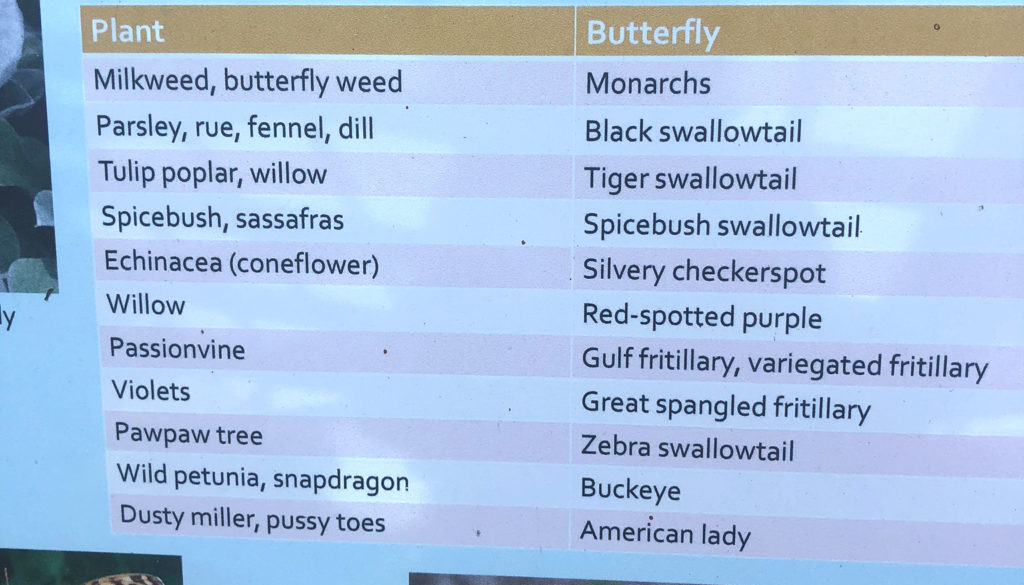
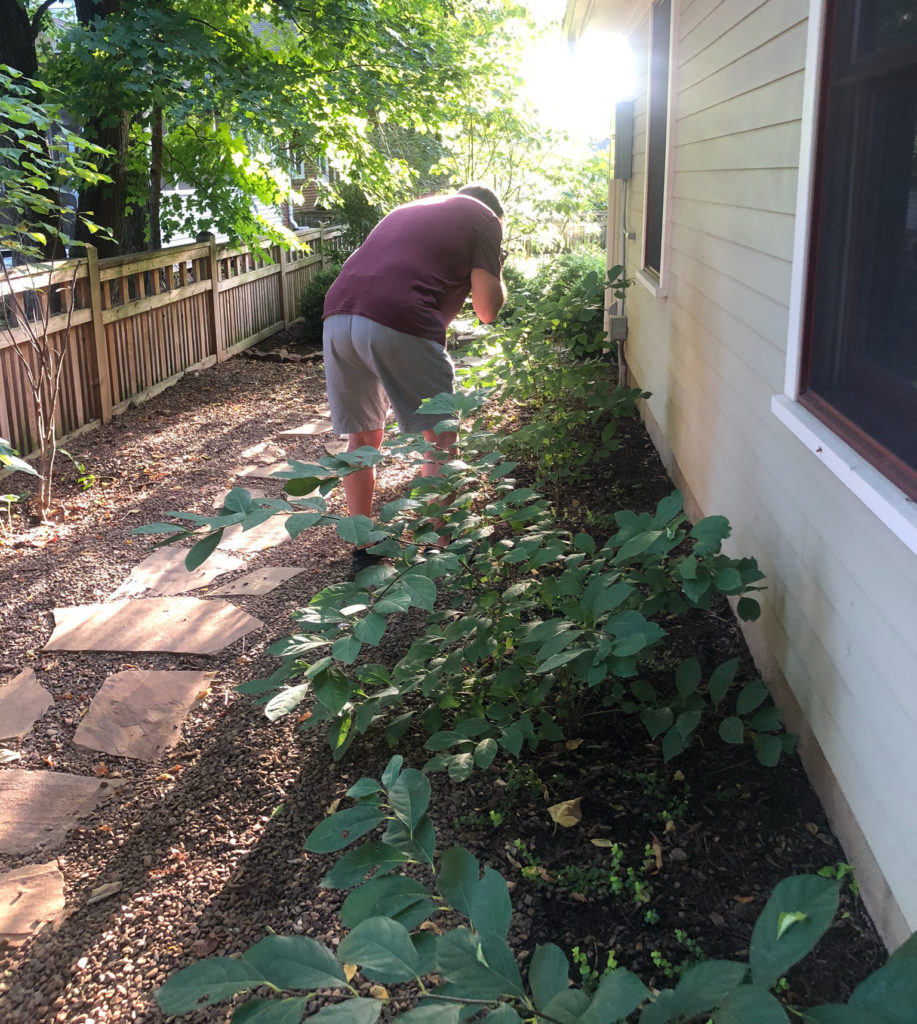
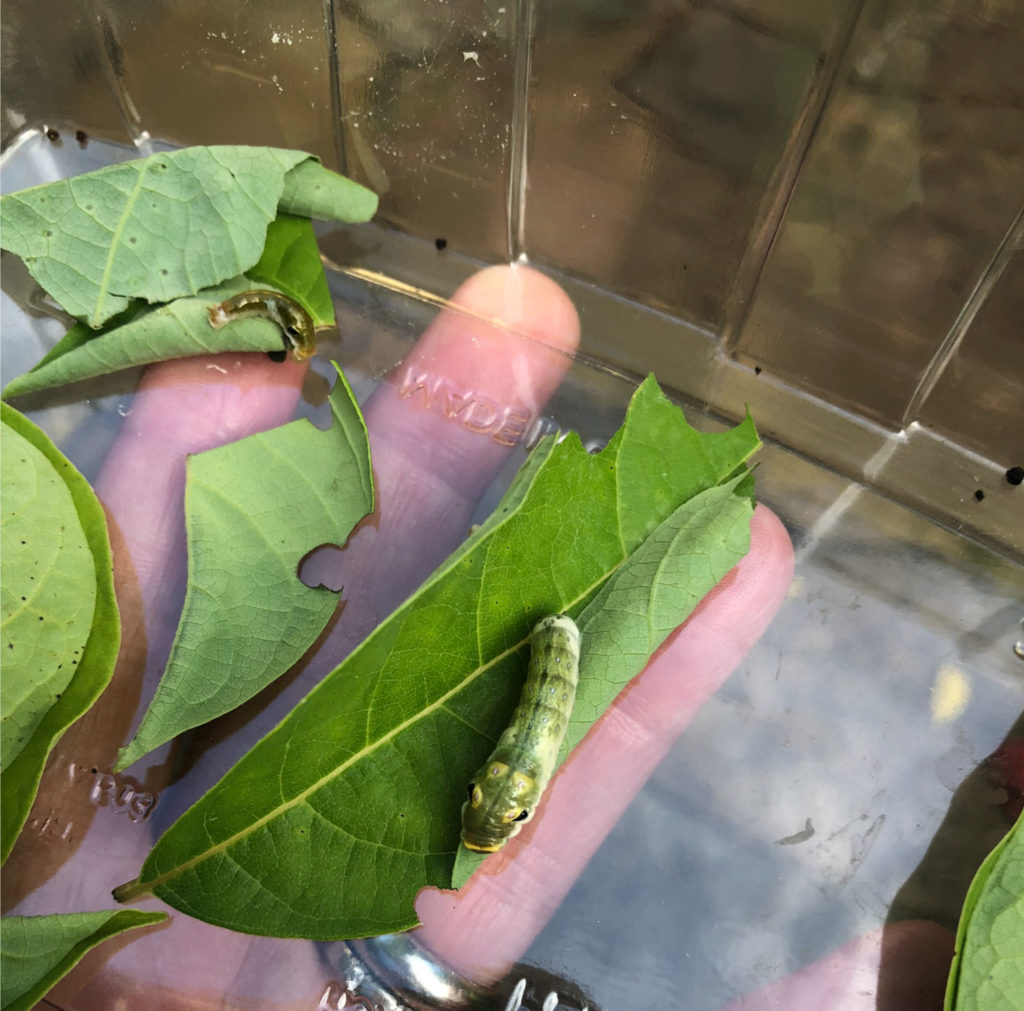
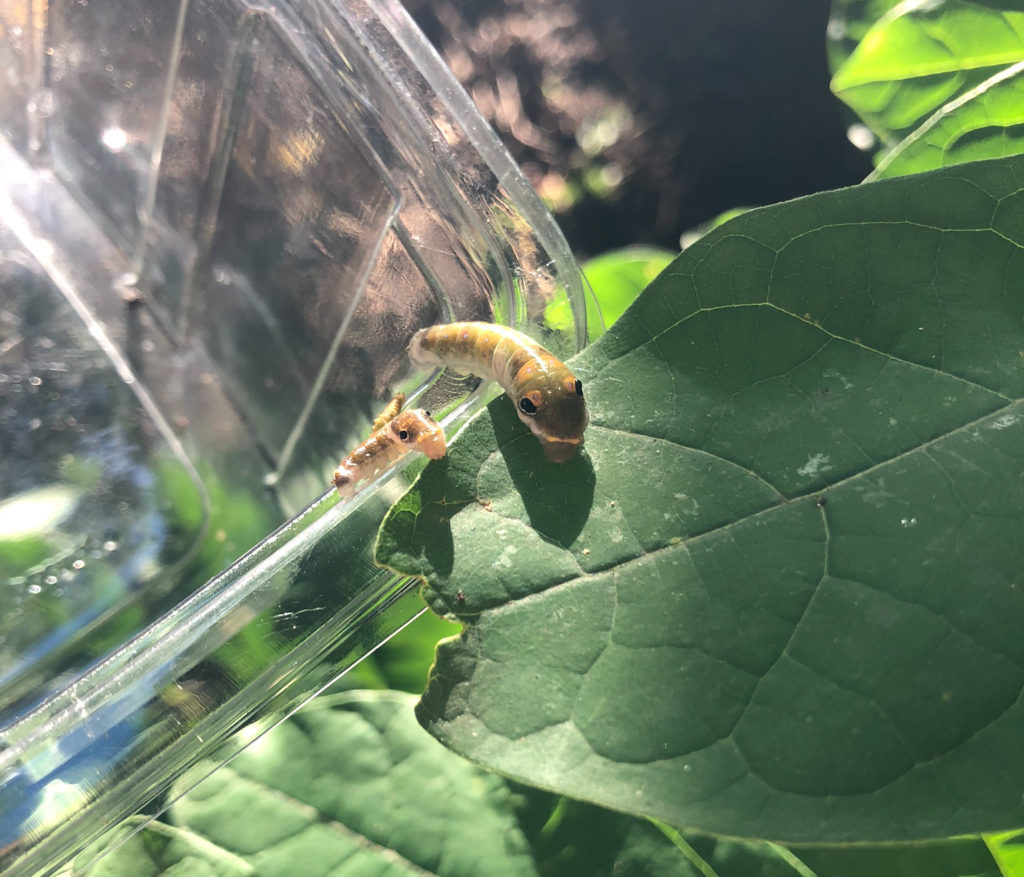
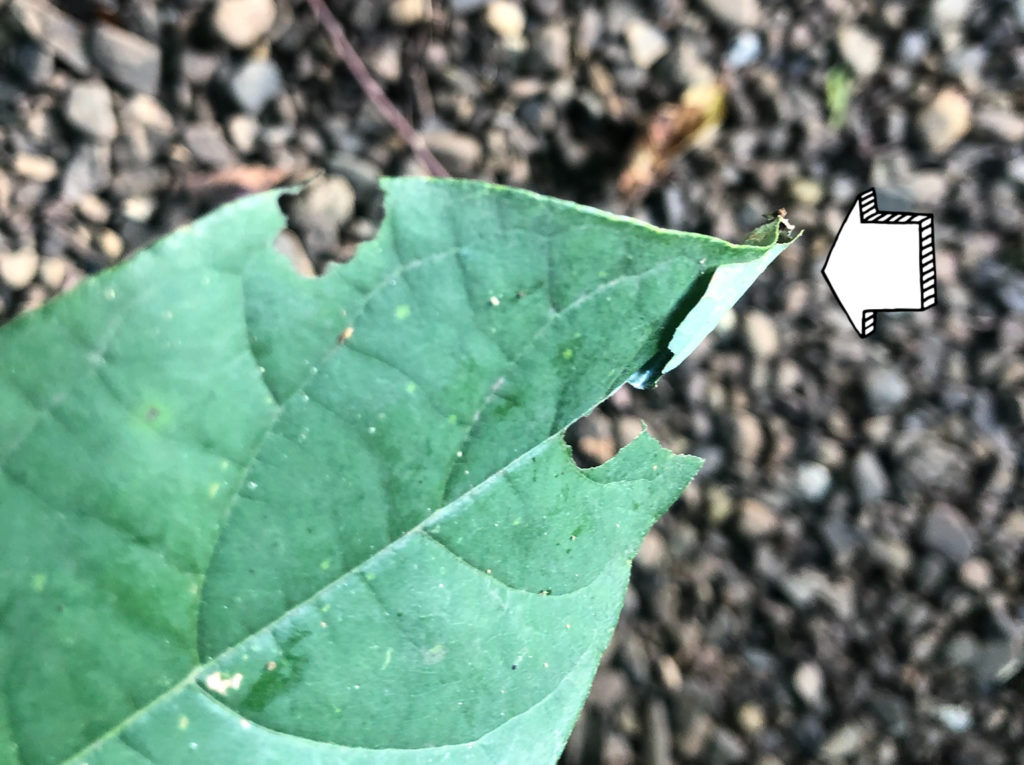
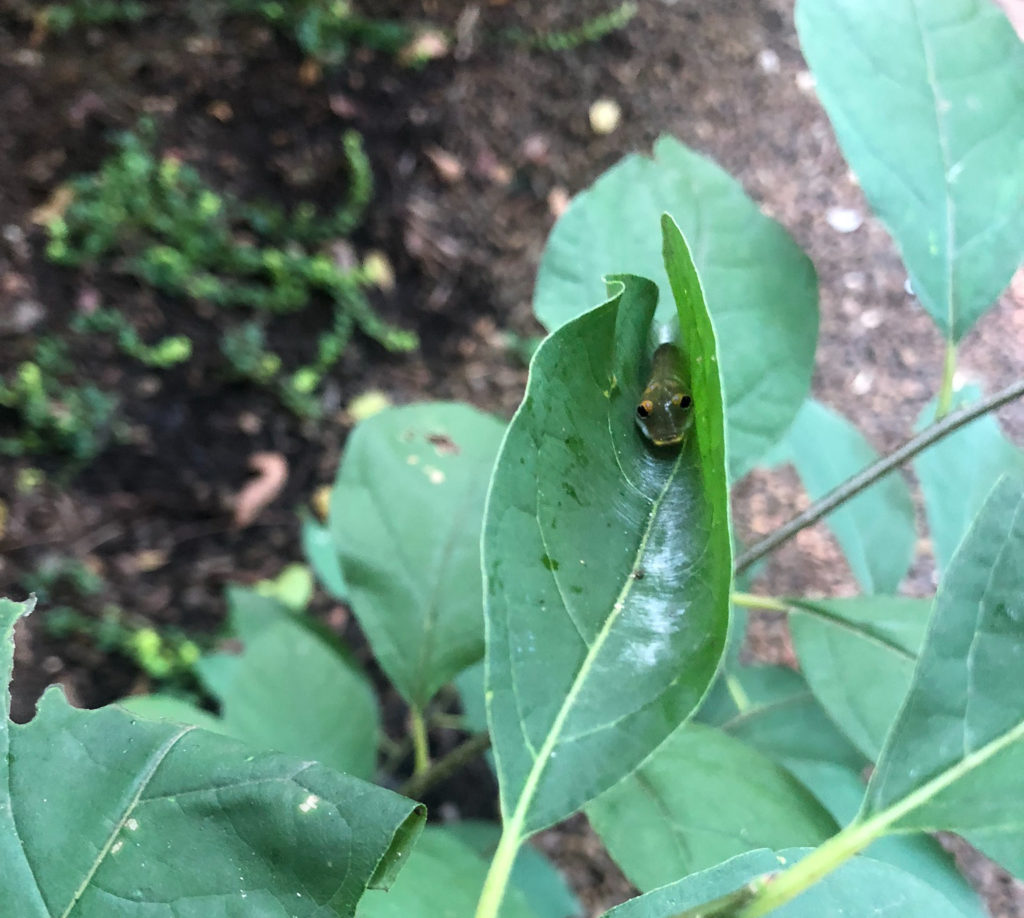
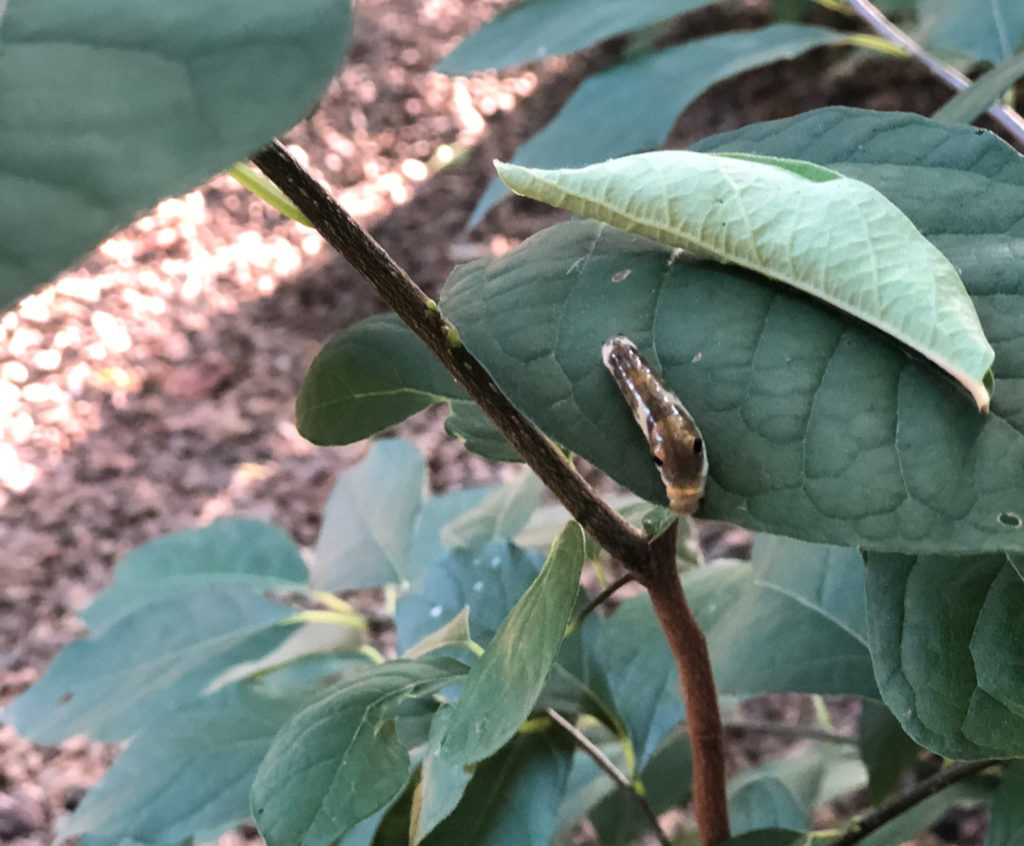
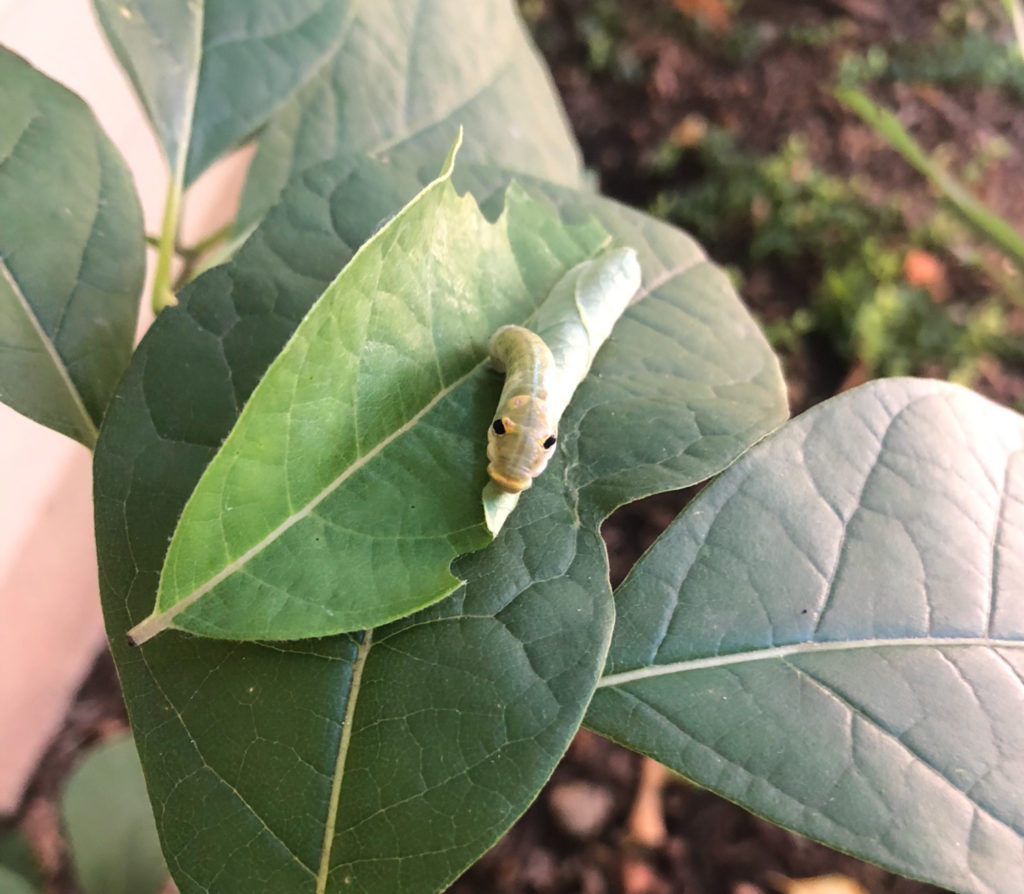
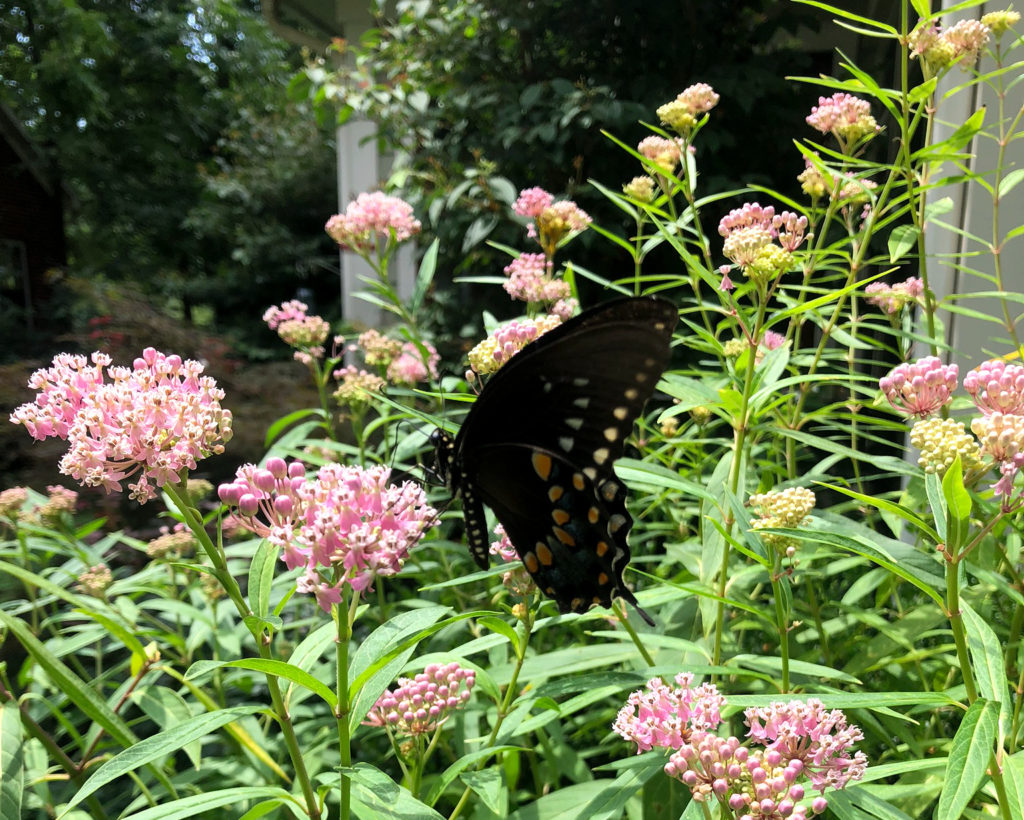








That is so exciting!
Awesome!
Love that video of all your butterflies and the thought of you fostering the hungry caterpillars! I’m not familiar with the spice plant or that butterfly, but I’d love to have some. I’m going to explore whether they would thrive along the garage side of our house.